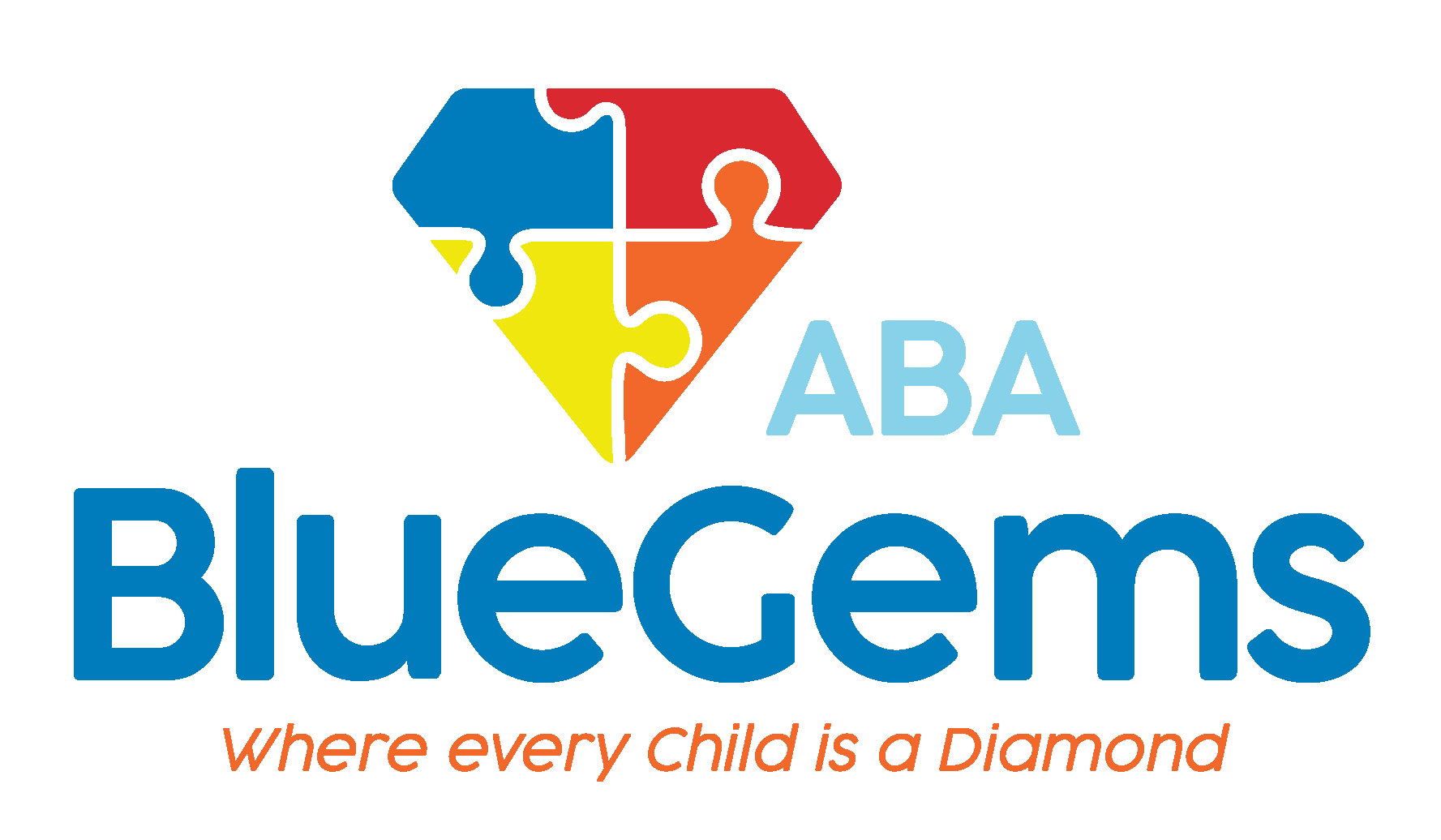The History of Autism and Institutionalization
It may be hard to believe today, but it wasn’t that long ago that autism was considered a black mark on the individuals who had it and also on their parents. As late as the 1960s, in fact, children who were diagnosed with autism in the United States and United Kingdom were often automatically institutionalized.
Families felt ashamed if their child was diagnosed with autism, and many of them were actually blamed for their child’s condition.
A lot has changed in the last 60 years, with so much more knowledge being gained about autism and its possible causes, signs, symptoms and effects. While there is still a stigma surrounding autism, society in general is much more accepting and inclusive of individuals with autism.
Advanced research in the medical and behavioral fields are to thank for this progress, as are advocacy support groups — all of which seek to bring more awareness and education to autism spectrum disorder (ASD).
Still, like anything in life, it’s important to understand where we came from so we don’t repeat some of the mistakes of our past. Below, we’ll discuss the history of autism and institutionalization in more depth.
Table Of Contents
What Were Some of the Earliest Studies into Autism?
Somewhat ironically, two of the most famous researchers in the field of autism started their work around the same time.
The first to do so was Leo Kanner, who in 1943, published research that talked about children who shared similar symptoms such as difficulty with speech and social interaction.
A year later, Hans Asperger published research on children who were facing similar issues as those Kanner observed, but who didn’t experience deficits with language and speech formation.
What Kanner was describing eventually came to be known as Kanner’s syndrome, or classic autism. What Asperger was describing came to be known as Asperger’s syndrome.
For years, those two disorders — while similar in many ways — were thought of as separate from each other. In 2013, that all changed when the American Psychiatric Association published the Diagnostic and Statistical Manual of Mental Disorders, Fifth Edition (DSM-5), which created the new moniker known as autism spectrum disorder.
Since then, classic autism, Asperger’s syndrome and three other similar disorders are all wrapped under the umbrella of ASD.
How Was Autism Treated in the Mid Nineteen Hundreds?
At the time that Kanner and Asperger were conducting their research — and for many years after that — there unfortunately wasn’t a lot of available treatments for people who were diagnosed with either disorder.
Since medical and behavioral professionals, and even parents, didn’t know how to properly support these children, they were often placed in an institution. These settings were almost like being sent to an unreachable island. The children were kept out of public, often lived the rest of their lives there and often weren’t even talked about by their other family members.
Society didn’t look kindly at all on children with autism, nor on their parents. A major reason for this is it was believed that the behaviors the children were exhibiting were a direct result of their parents’ actions.
Even professionals believed that it was “refrigerator mothers” who were responsible for the children’s symptoms. The children had deficits in functioning, people believed, because of absentee parents and/or poor attachment.
How is Autism Viewed Today?
Luckily, none of this is commonplace today. While stigmas still exist, there’s much more acceptance and inclusion of children with autism and their families.
Modern research has proven that autism is a neurodevelopmental disorder that can be caused by a number of different environmental and genetic factors. Those who are educated about autism don’t blame parents for their child’s condition anymore, though some in the public may not share the same beliefs.
How is Autism Treated Today?
No longer are children who are diagnosed with ASD sent to institutions to live out their lives in seclusion, and parents are no longer forced to live with shame.
While autism can’t be cured, there are many treatment options that are available. The gold standard is known as applied behavioral analysis, or ABA therapy.
It’s a science- and evidence-based approach to learning and behavior that helps children on the autism spectrum build the social, communication and daily life skills with which they typically struggle.
Using repetition and positive reinforcement, ABA therapists help their patients modify their behaviors over time so they can more effectively and efficiently communicate, interact with others, cope with possible sensory issues and live as independently as possible.
ABA therapy is so effective because it’s flexible and personalized. Treatment plans are created to specifically address the unique challenges and strengths of each patient, and then modified over time based on the patient’s progress toward reaching stated goals.
Blue Gems ABA Helps Children with Autism Build Skills
How autism was viewed in the mid-1900s is considerably different than how it is viewed today. People who are diagnosed with ASD are no longer considered outcasts of society, and their parents are no longer instantly viewed as failures.
While there’s still much to be done to educate people about autism and erase some of the stigmas that exist around it, much progress has been made in recent years.
At Blue Gems ABA, we have a team of experienced BCBAs who are dedicated to helping every one of their patients live happy, healthy and fulfilling lives through the use of ABA therapy.
For more information, contact us today.




